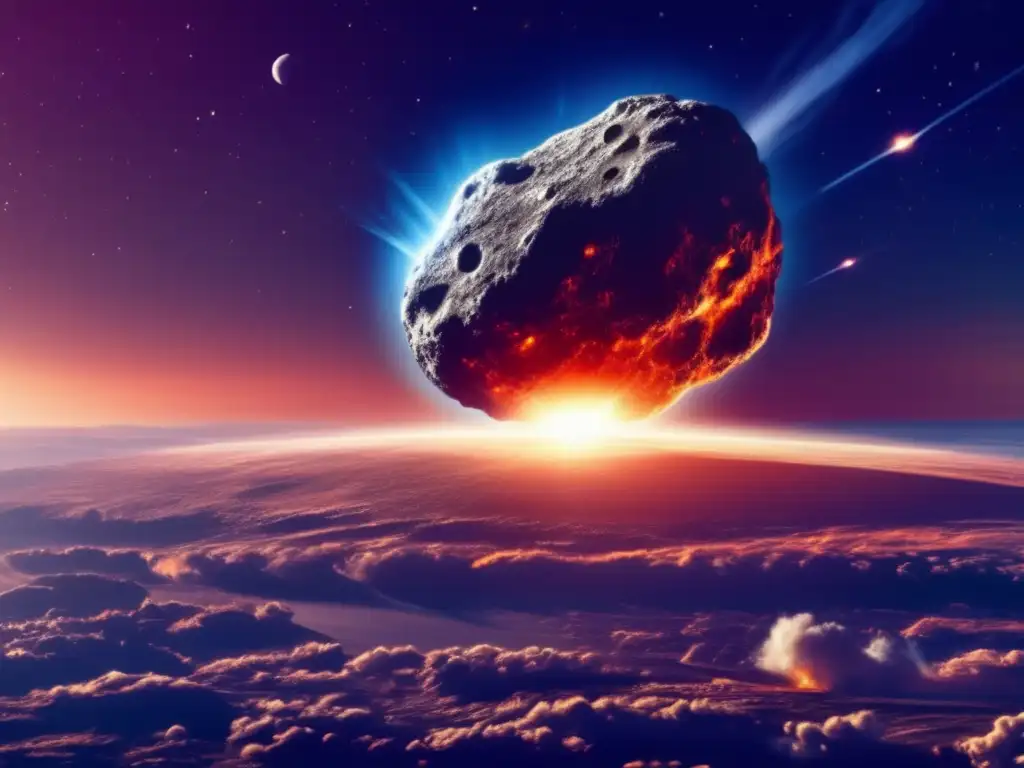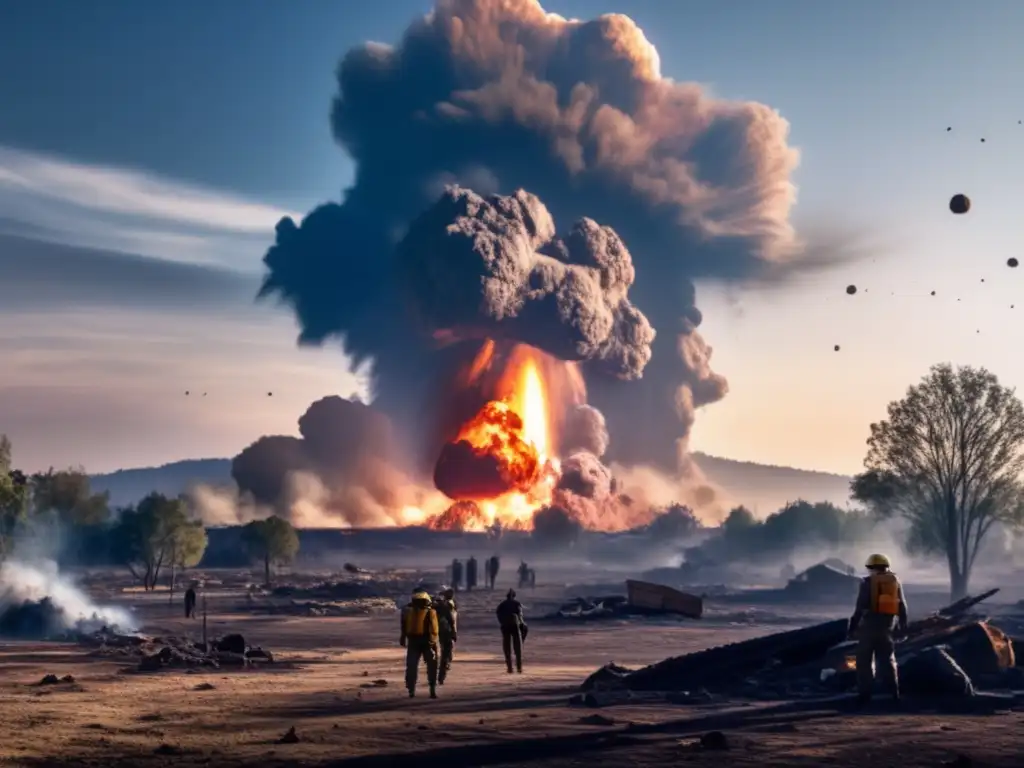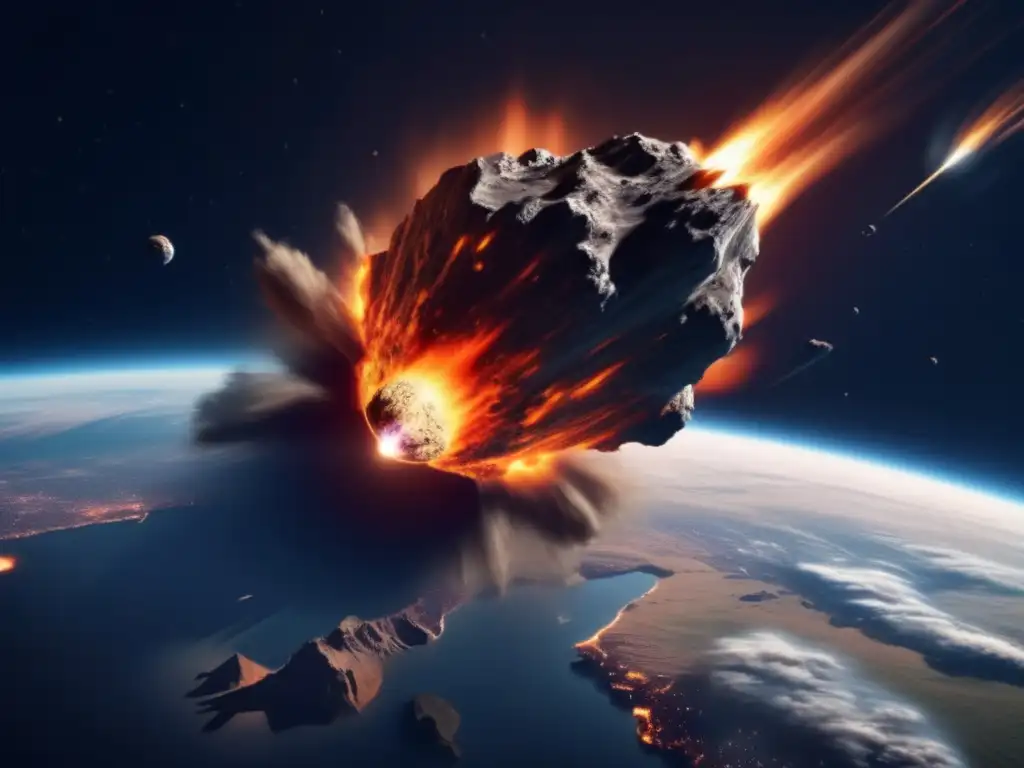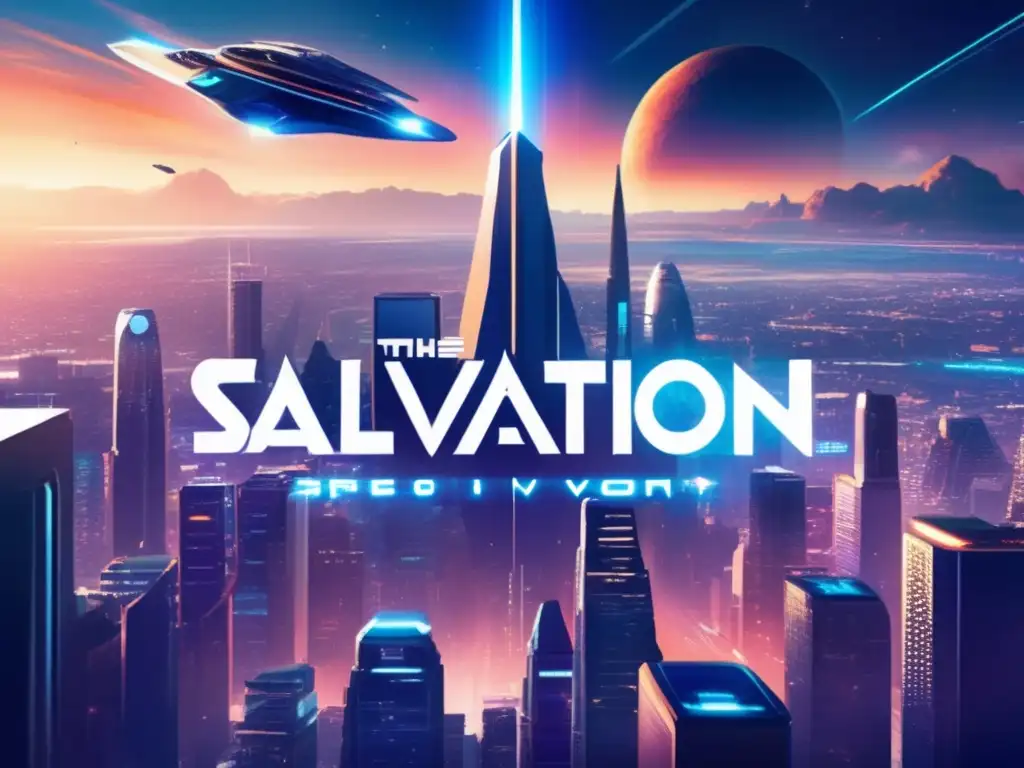The Asteroid Menace In 'The Day The Sky Exploded': A Movie Review

Introduction
The threat of an asteroid impact has been a popular theme in science fiction movies for decades, and 'The Day the Sky Exploded' is no exception. Directed by Italian filmmaker Paolo Heusch, this 1958 movie portrays the catastrophic consequences of a massive asteroid heading towards Earth, with no known way to stop it. In this article, we will review the movie and analyze its depiction of the asteroid menace.
The Science behind 'The Day the Sky Exploded'

The Asteroid Impact Theory
The idea that an asteroid impact could cause mass extinction on Earth was first proposed by physicist Luis Alvarez and his son Walter in 1980. This theory suggests that the extinction of dinosaurs, which occurred approximately 66 million years ago, was caused by the impact of a large asteroid that hit the Yucatan peninsula in Mexico. The impact released enormous amounts of energy, causing widespread fires, tsunamis, and a global cooling effect that lasted for several years.
The Detection of Asteroids
In 'The Day the Sky Exploded', the asteroid's approach goes undetected until it's too late. However, since then, technological advances have allowed us to detect and track asteroids using ground-based telescopes, as well as space-based observatories. NASA's Near-Earth Object Observations Program, for instance, identifies potentially hazardous near-Earth objects (NEOs) and monitors their trajectories to assess any possible impact risks.
The Threat of a Global Catastrophe
In the movie, the asteroid is depicted as a threat to all life on Earth. While most asteroids burn up in the atmosphere before reaching the surface, those large enough to survive atmospheric entry can cause widespread destruction and loss of life. The Chicxulub impactor, the asteroid that caused the extinction of the dinosaurs, is estimated to have been about 10-15 km in diameter. An impact of that size would release energy equivalent to billions of nuclear bombs and could have catastrophic global consequences.
The Depiction of the Asteroid Menace in 'The Day the Sky Exploded'

The Cinematography and Special Effects
'The Day the Sky Exploded' was made in the late 1950s, so it's understandable that the special effects may not hold up to modern standards. However, the movie does make an effort to showcase some creative and impressive visuals, such as the asteroid appearing as a fiery, glowing object in the night sky, and the resulting explosions and destruction on Earth. The use of miniatures and matte paintings helps to create a sense of scale and gravity to the situation.
The Scientific Accuracy
In terms of scientific accuracy, the movie takes some liberties with the concept of asteroids. For instance, the idea that an asteroid could disrupt the Earth's magnetic field, causing chaos and destruction, is not scientifically sound. Additionally, the notion that the asteroid could simply be blown up with a missile is unrealistic, as it would likely have little effect on the asteroid's mass or trajectory. That said, the movie does correctly portray the concern for a global catastrophe, as well as the possible consequences of an asteroid impact.
The Human Element
One of the movie's strengths is its focus on the human element in the face of this impending disaster. The characters are portrayed as dedicated scientists, who are racing against time to find a solution and save humanity. This helps to underscore the urgency and gravity of the situation, while also providing a relatable element to the story. The movie also features some impressive acting performances by its cast, including Paul Hubschmid as Dr. Tony Cellini and Madeleine Fischer as Dr. Lisa Held.
Frequently Asked Questions

-
Is the threat of an asteroid impact real?
Yes, it is. While the probability of an asteroid impact in our lifetime is relatively low, it's still a possibility that cannot be ignored. Efforts are underway to detect and track potentially hazardous asteroids and develop methods to mitigate the impact risks.
-
Can an asteroid impact cause a global catastrophe?
Yes, an asteroid impact could release enormous amounts of energy, causing widespread destruction, fires, tsunamis, and a global cooling effect that could last for several years. Such an event could have catastrophic consequences for life on Earth.
-
Can we stop an asteroid from hitting Earth?
Efforts are underway to develop methods to divert or destroy an incoming asteroid, such as using a kinetic impactor or a nuclear device. However, these methods are still in development and may not be effective against larger or more massive asteroids.
-
Was the depiction of the asteroid in 'The Day the Sky Exploded' accurate?
The movie takes some liberties with the scientific accuracy of asteroids, but it does correctly portray the concern for a global catastrophe, as well as the possible consequences of an asteroid impact.
-
What can we do to prepare for an asteroid impact?
The best way to prepare for an asteroid impact is to continue efforts to detect and track potentially hazardous asteroids, develop mitigation strategies, and improve emergency response plans.
Conclusion
'The Day the Sky Exploded' may not be a scientifically accurate portrayal of the asteroid menace, but it does offer a compelling story of humanity's struggle to survive in the face of impending disaster. As we continue to monitor and study asteroids, it's important to remember that the threat of an impact is real, and we must stay vigilant in our efforts to protect our planet. We encourage our readers to share their thoughts and opinions on this topic in the comments section below.
Additional Resources

- NASA Planetary Defense
- ESA Planetary Defence Infographic
- 'The Day the Sky Exploded' IMDB Page
- 'The Day the Sky Exploded' Trailer
 Salvation' TV Series: How It Depicts The Threat Of An Asteroid Impact
Salvation' TV Series: How It Depicts The Threat Of An Asteroid Impact Astrotruckers': A Novel Approach To Asteroids In Fiction
Astrotruckers': A Novel Approach To Asteroids In Fiction The Little Prince' And Its Enigmatic Asteroid B-612
The Little Prince' And Its Enigmatic Asteroid B-612If you want to discover more articles similar to The Asteroid Menace In 'The Day The Sky Exploded': A Movie Review, you can visit the Asteroids in Fiction category.
Leave a Reply

Articulos relacionados: